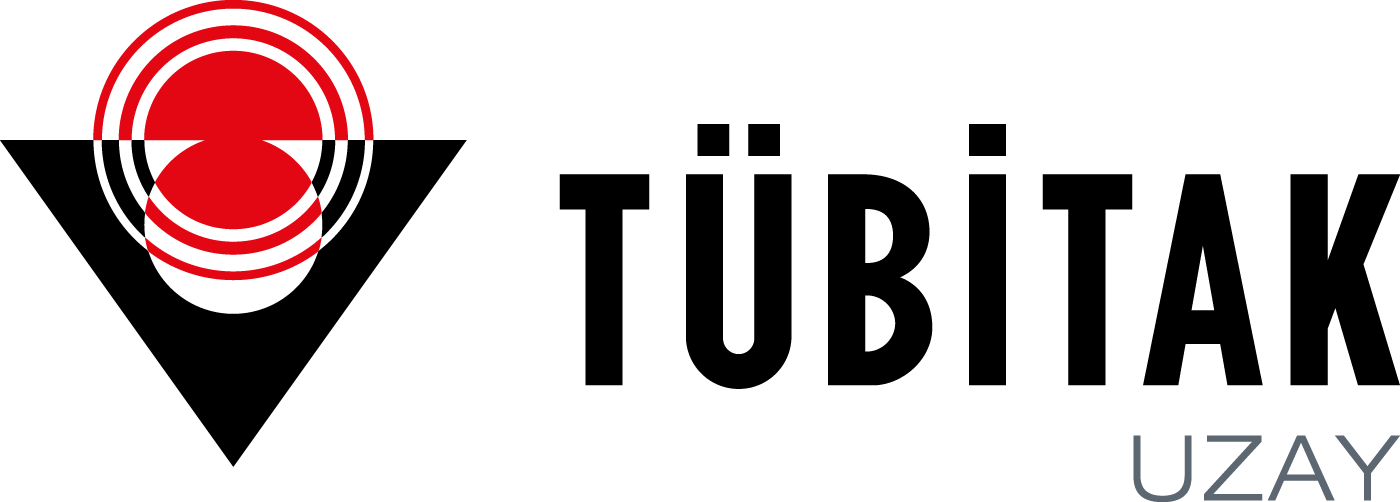The RASAT Satellite, designed and built indigenously by TÜBİTAK Space Technologies Research Institute, completed its seventh anniversary today. RASAT, Turkey's first domestic observation satellite, has been successfully carrying out its mission in space since August 17, 2011.
During its mission in space, RASAT took images of a total area of 14,057,100 km² on Earth. RASAT, which has taken images approximately eighteen times the size of Turkey, has successfully completed 2448 missions. Although the design life of the RASAT Satellite is three years, it has been operating successfully for seven years and has made 37,290 orbits around the world, proving that Turkish engineers can develop products that can withstand the space environment for a long time.
RASAT can take images from all over the world without any limitations and transmits the images it receives to the Ground Station at TÜBİTAK UZAY. The images processed here are used in Turkey's first national satellite image portal, which covers the whole of Turkey. www.gezgin.gov.tr is shared with everyone on the website. Images obtained from RASAT are used in mapping, disaster monitoring, smart agriculture, environment, urban planning and urban planning.
With the experience, success and confidence gained from the RASAT Satellite, the Göktürk-2 Satellite was built by Turkish engineers under the leadership of TÜBİTAK UZAY. Thanks to the experience gained from the RASAT and Göktürk-2 Satellites, the high-resolution observation satellite İMECE and Turkey's first communication satellite TÜRKSAT 6A will take their places in space in 2021. With the RASAT Satellite, Turkey has become one of the few countries that can design and produce its own imagery satellite.
Happy seventh birthday to RASAT


